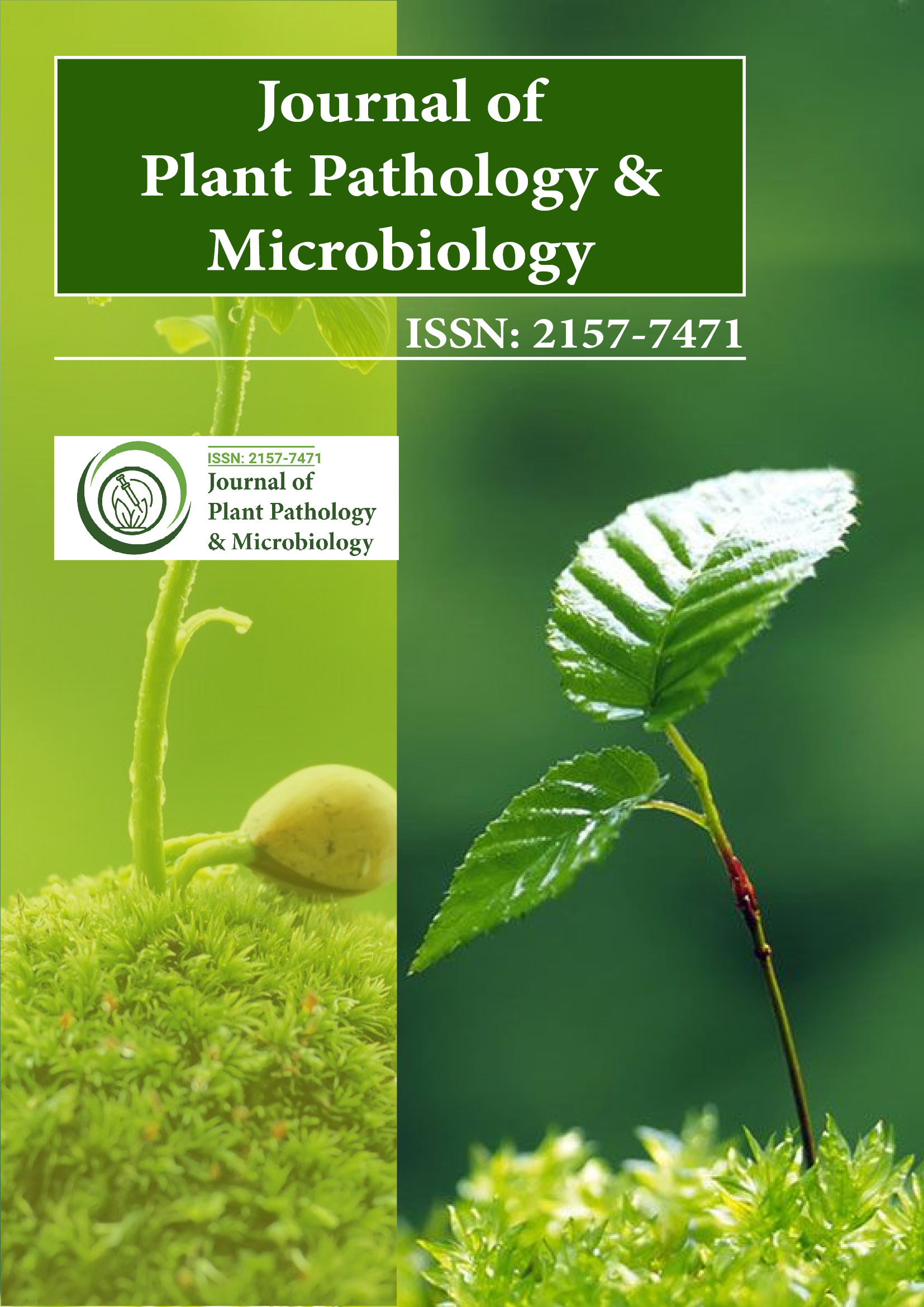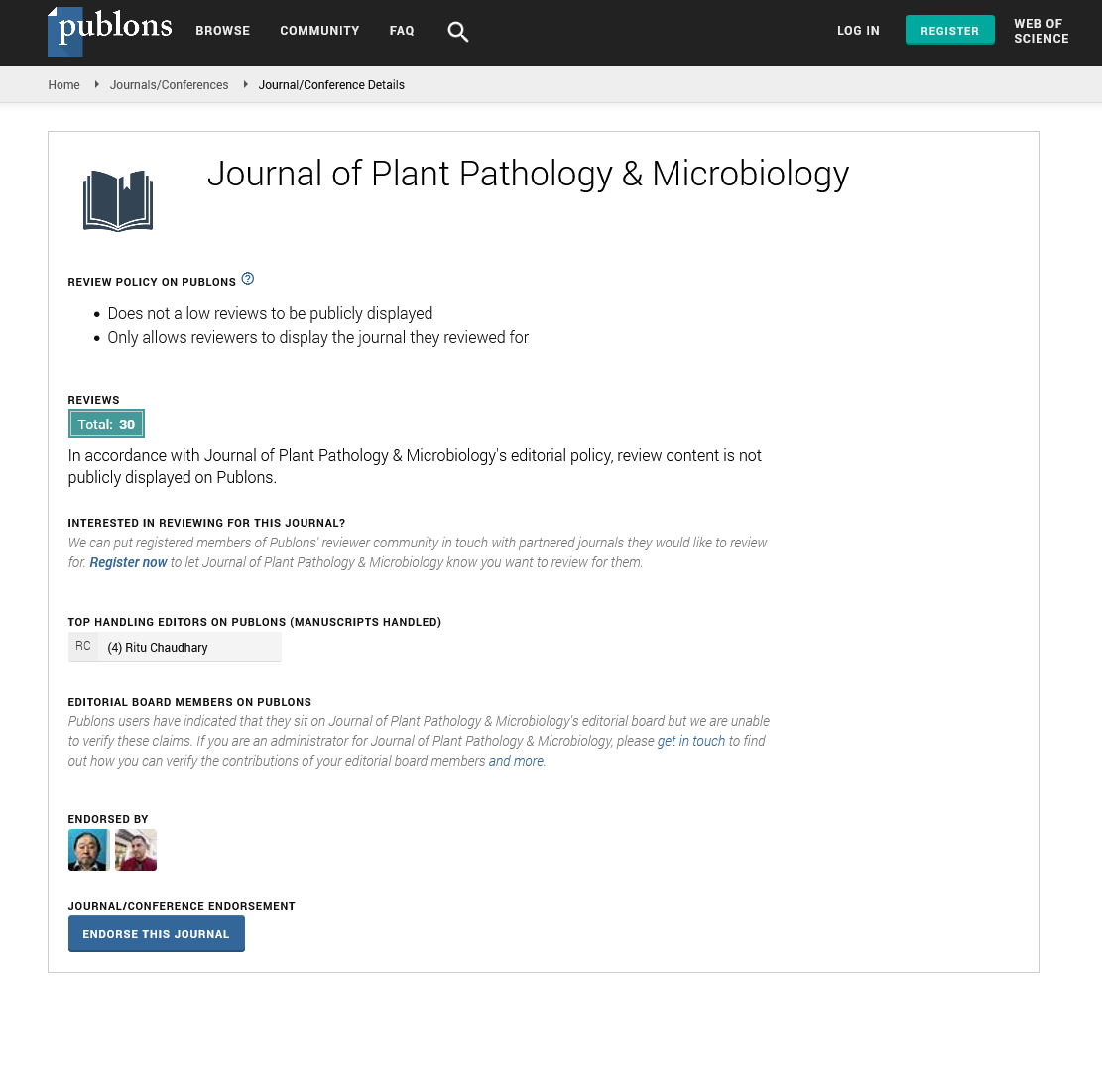Indexed In
- Open J Gate
- Genamics JournalSeek
- Academic Keys
- JournalTOCs
- CiteFactor
- Ulrich's Periodicals Directory
- Access to Global Online Research in Agriculture (AGORA)
- Electronic Journals Library
- Centre for Agriculture and Biosciences International (CABI)
- RefSeek
- Directory of Research Journal Indexing (DRJI)
- Hamdard University
- EBSCO A-Z
- OCLC- WorldCat
- Scholarsteer
- SWB online catalog
- Virtual Library of Biology (vifabio)
- Publons
- Geneva Foundation for Medical Education and Research
- Euro Pub
- Google Scholar
Useful Links
Share This Page
Journal Flyer

Open Access Journals
- Agri and Aquaculture
- Biochemistry
- Bioinformatics & Systems Biology
- Business & Management
- Chemistry
- Clinical Sciences
- Engineering
- Food & Nutrition
- General Science
- Genetics & Molecular Biology
- Immunology & Microbiology
- Medical Sciences
- Neuroscience & Psychology
- Nursing & Health Care
- Pharmaceutical Sciences
Perspective - (2025) Volume 16, Issue 2
Signal Transduction in Plants Triggered by Chitin Detection
Mark Bender*Received: 26-May-2025, Manuscript No. JPPM-25-29742; Editor assigned: 28-May-2025, Pre QC No. JPPM-25-29742 (PQ); Reviewed: 11-Jun-2025, QC No. JPPM-25-29742; Revised: 18-Jun-2025, Manuscript No. JPPM-25-29742 (R); Published: 25-Jun-2025, DOI: 10.35248/2157-7471.25.16.755
Description
Plants are constantly challenged by a wide variety of pathogens, including fungi, bacteria, oomycetes, viruses and insects. To survive in these environments, they have developed a sophisticated multi-layered immune system. One of the earliest lines of defense relies on the recognition of conserved molecules associated with microbes, known as Microbe-Associated Molecular Patterns (MAMPs). Recognition of these molecules by plant cells initiates a cascade of defense responses that collectively form Pattern-Triggered Immunity (PTI).
Chitin as a microbe-associated molecular pattern
Chitin functions as a molecular signature that allows plants to detect the presence of fungi at an early stage of infection. When pathogens invade, fragments of chitin composed of residues are released either through pathogen autolysis or through the activity of host chitinases. These fragments diffuse into the apoplastic space where they are perceived by Pattern Recognition Receptors (PRRs). Binding of chitin oligomers to PRRs serves as a danger signal, distinguishing non-self-molecules from plant-derived polymers. This recognition sets in motion downstream signaling pathways that include the activation of mitogen-activated protein kinase cascades, calcium fluxes, production of reactive oxygen species and transcriptional reprogramming. Such processes contribute to the establishment of basal resistance against fungal pathogens.
Crosstalk with hormonal signaling pathways
Chitin-triggered immunity is not an isolated defense module. Instead, it integrates with multiple hormone-mediated signaling pathways, including those controlled by Salicylic Acid (SA), Jasmonic Acid (JA) and Ethylene (ET). Each of these hormones regulates resistance to specific pathogen lifestyles: SA is most effective against biotrophic pathogens, while JA and ET are typically associated with resistance to necrotrophs and insect herbivores. Chitin perception influences the expression of genes involved in all three pathways, highlighting its role in broad-spectrum resistance. The type of response triggered by chitin can vary depending on pathogen type, plant tissue and developmental stage, indicating a high degree of plasticity in immune regulation. This ability to modulate multiple hormonal networks underscores the importance of chitin as a central regulator of plant defense.
Role of chitinases in plant Immunity
Chitinases are key enzymes that hydrolyze chitin polymers into shorter oligomers, thereby playing a dual role in plant immunity. First, they directly weaken fungal cell walls, restricting pathogen growth. Second, they release chitin oligomers that act as elicitors of immune responses, thereby amplifying defense signaling. Chitinases belong to the Pathogenesis-Related (PR) protein family and are rapidly induced upon pathogen attack. Their expression often follows chitin perception, establishing a positive feedback loop that strengthens immune activation. Transgenic plants engineered to overexpress chitinases have shown enhanced resistance to a range of fungal pathogens, validating their functional importance. Thus, chitinases are not only defensive enzymes but also mediators of sustained immune signaling.
Agricultural applications of chitin
The ability of chitin to elicit immunity has encouraged its use in agricultural practices as a sustainable alternative to chemical pesticides. Several practical applications have been developed to exploit its protective effects. Foliar sprays and soil amendments made from chitin or its deacetylated derivative, chitosan, have been shown to enhance disease resistance in crops such as rice, cucumber and tomato. Seed priming with chitin solutions improves germination and primes plants for stronger responses against future pathogen attack. Additionally, chitin has been incorporated into biocontrol formulations that combine the polymer with beneficial microbes, promoting colonization of roots and activation of plant immunity simultaneously. Field trials indicate that these approaches can effectively reduce disease severity; however, their outcomes often vary depending on crop type, application method and environmental conditions. Despite this variability, the potential of chitin-based strategies for integrated disease management is widely recognized.
Utilizing chitin for crop protection
Although chitin offers promising opportunities in sustainable agriculture, several practical limitations hinder its large-scale application. One challenge lies in its extraction and purity. Industrially, chitin is obtained from crustacean shells or fungal biomass, but the resulting products can be chemically heterogeneous. The degree of polymerization and acetylation strongly influences biological activity, making standardization essential. Another limitation is delivery: Native chitin is insoluble in water, reducing its effectiveness when applied directly to plants. Chitosan and oligomeric chitin fragments are more soluble and biologically active, but their recognition efficacy may differ from that of native polymers. Environmental interactions also affect outcomes. Chitin is readily degraded by soil microbes, which can shorten its persistence and reduce its elicitor function under field conditions. Overcoming these barriers will require optimization of extraction methods, formulation strategies and delivery systems to ensure consistent efficacy across diverse agricultural settings.
Citation: Bender M (2025). Signal Transduction in Plants Triggered by Chitin Detection. J Plant Pathol Microbiol. 16:755.
Copyright: © 2025 Bender M. This is an open-access article distributed under the terms of the Creative Commons Attribution License, which permits unrestricted use, distribution, and reproduction in any medium, provided the original author and source are credited.

